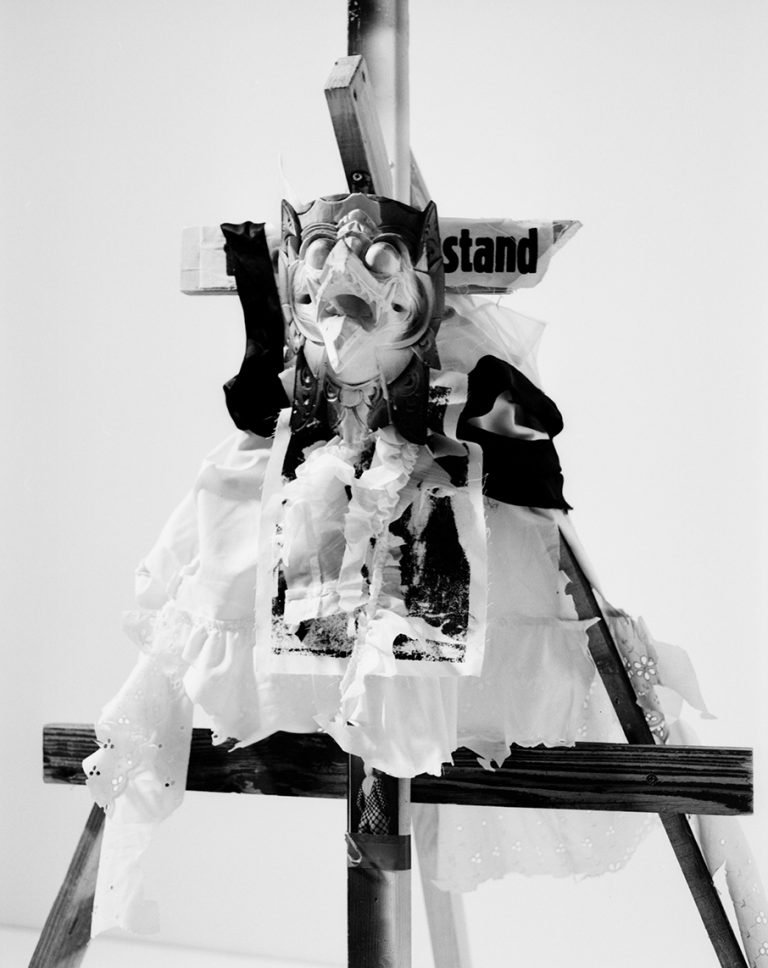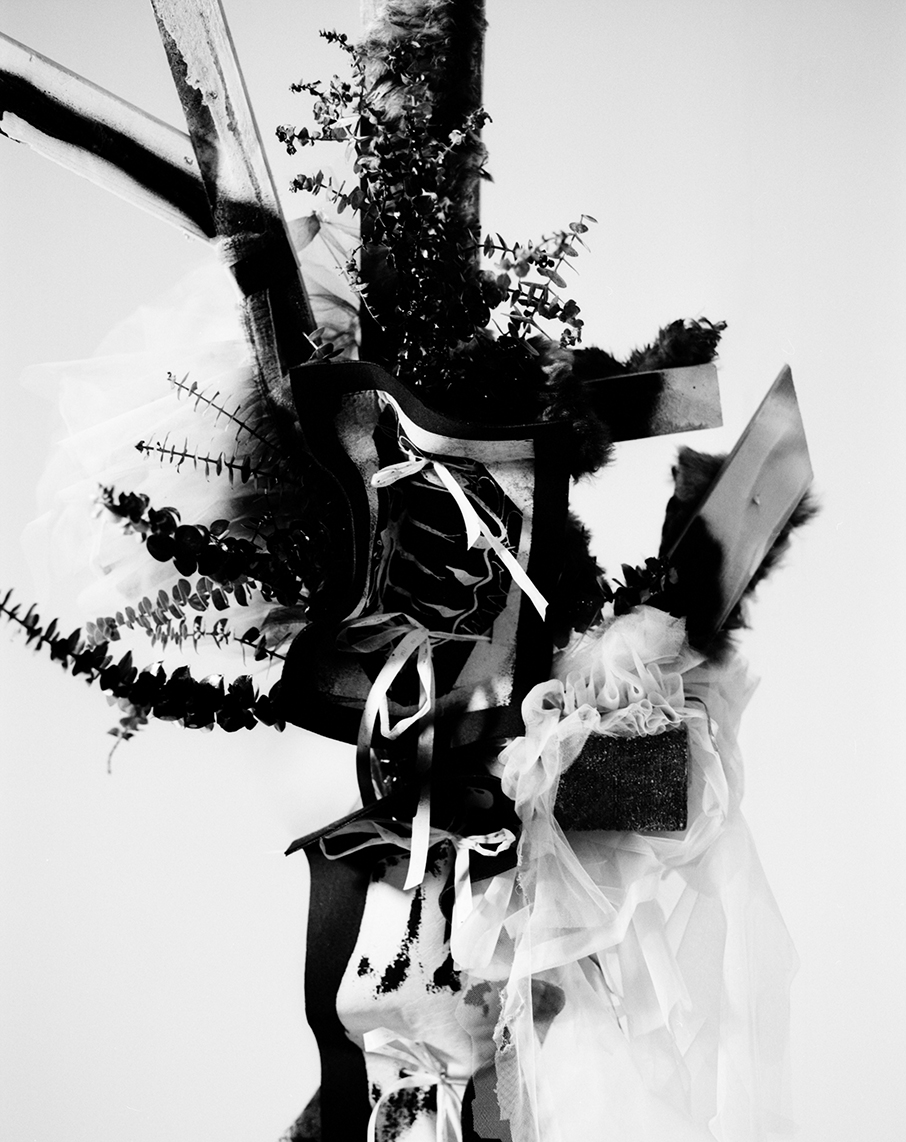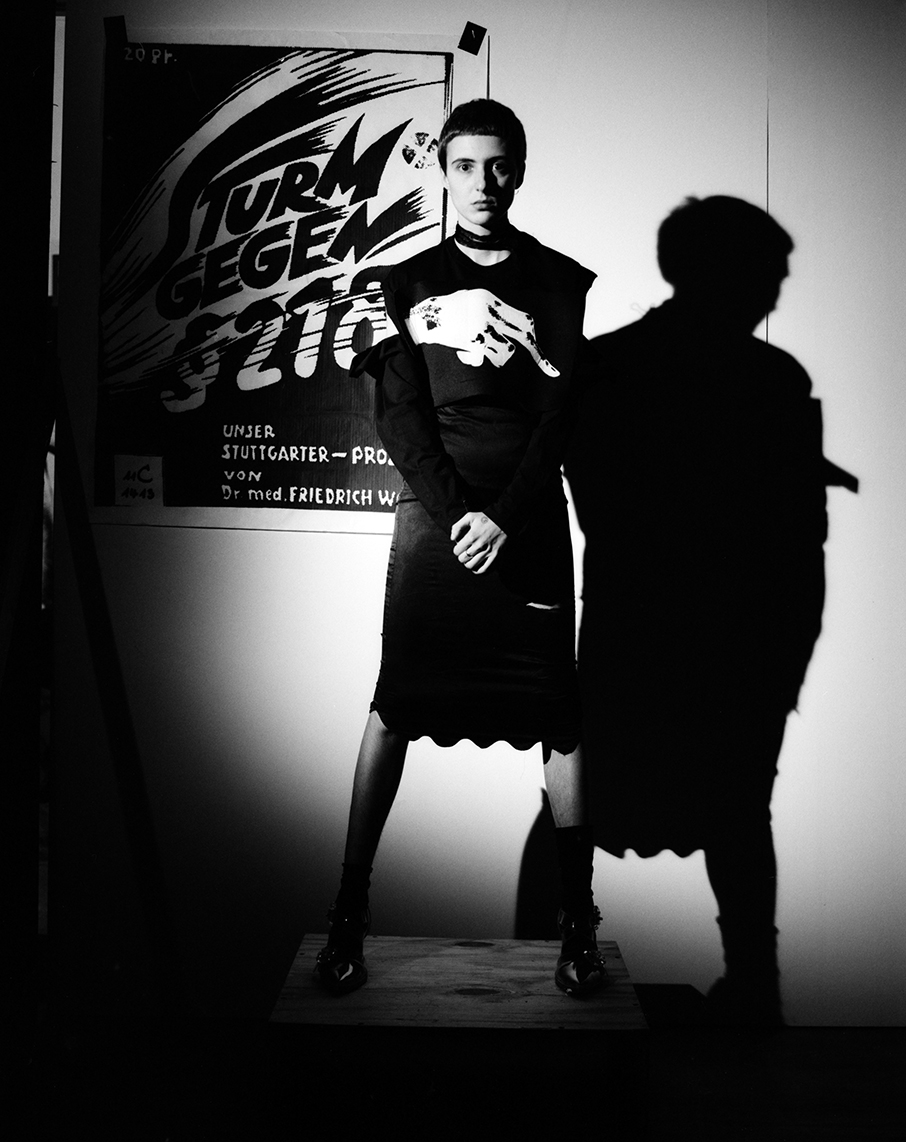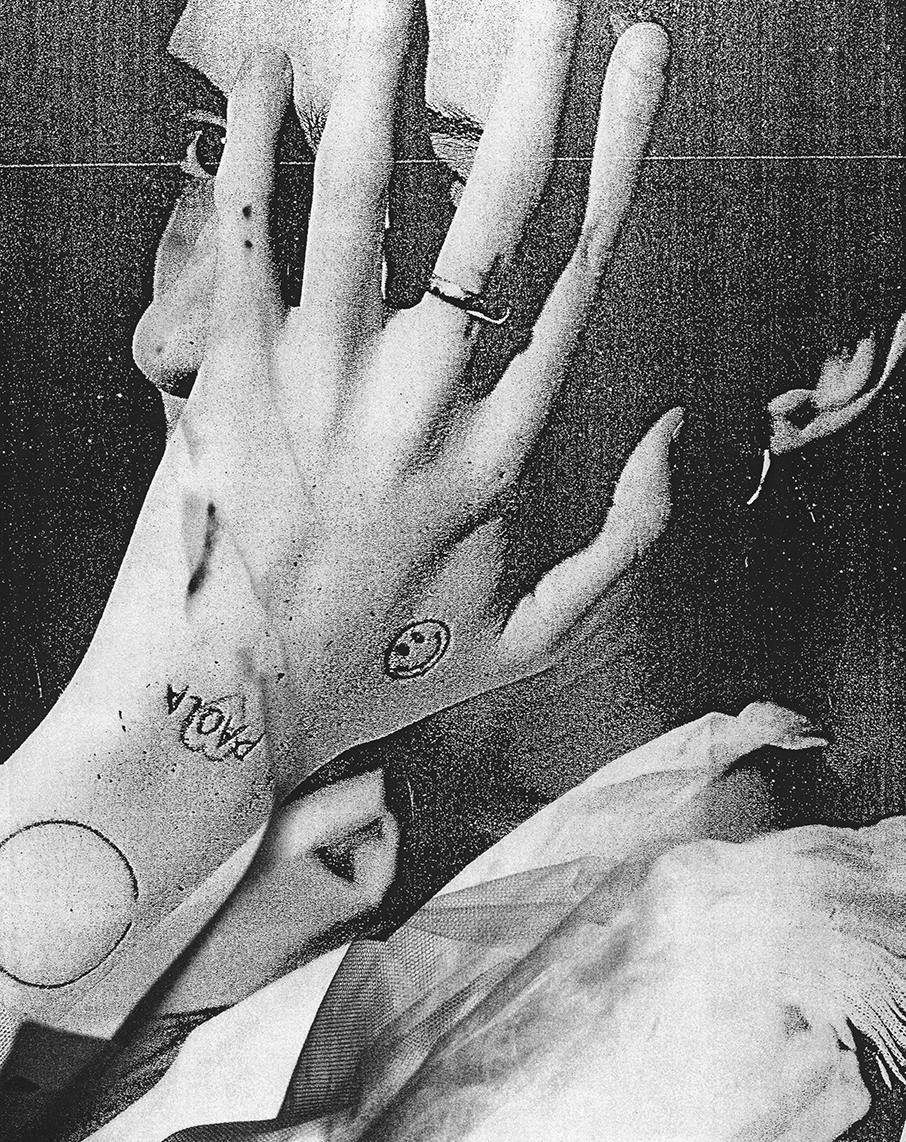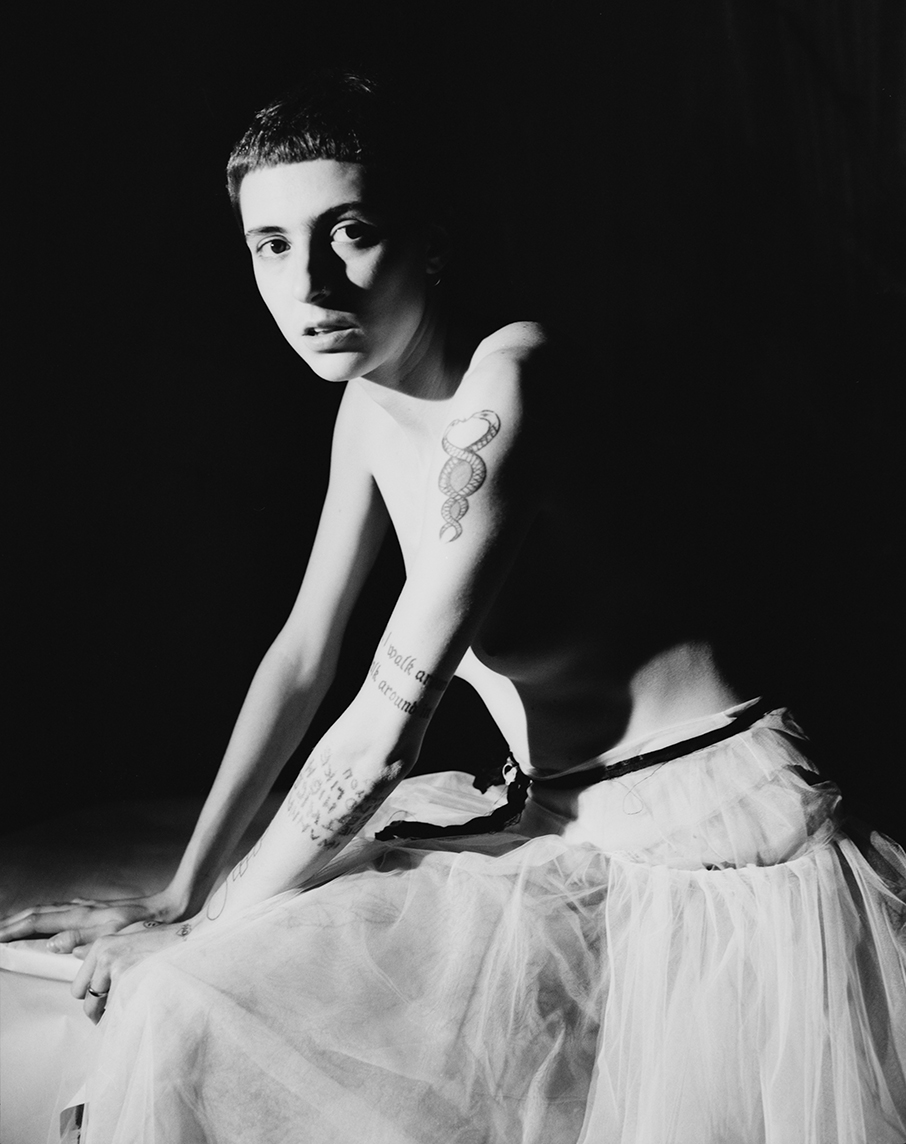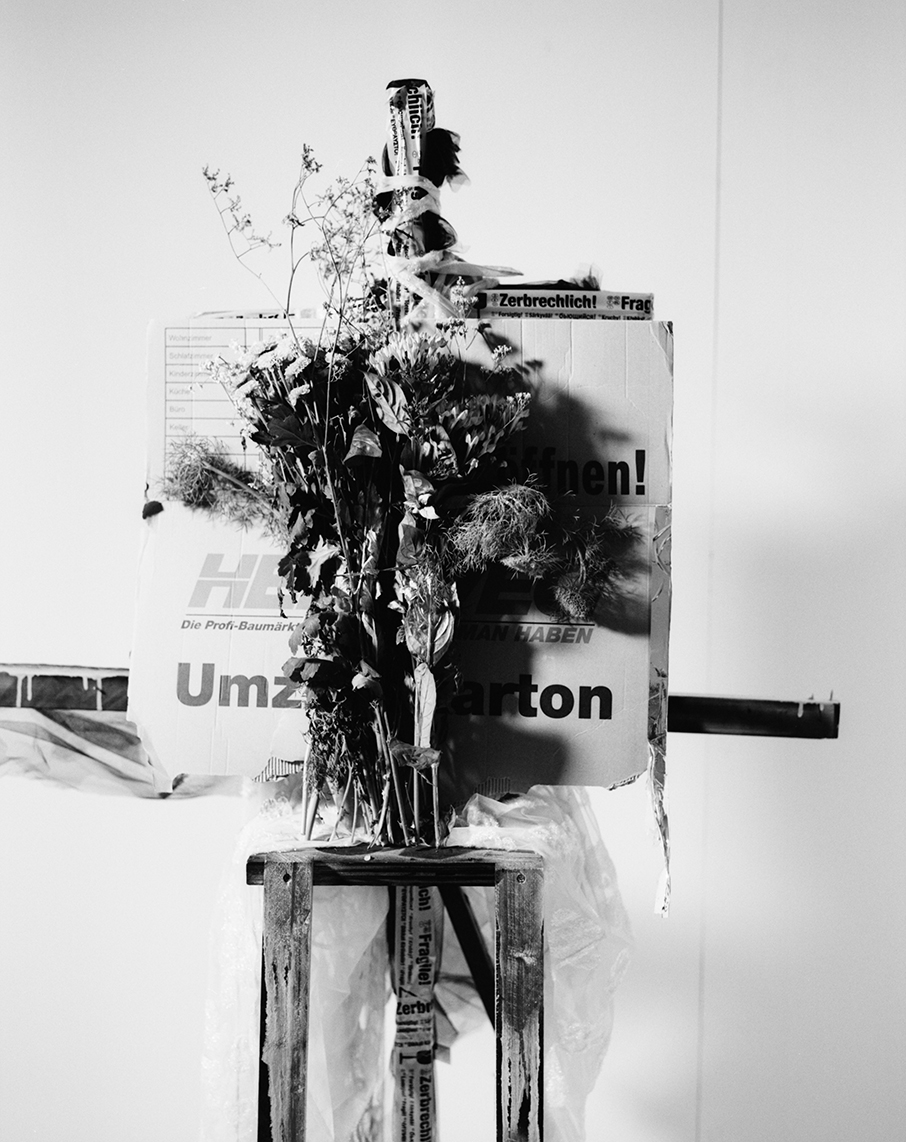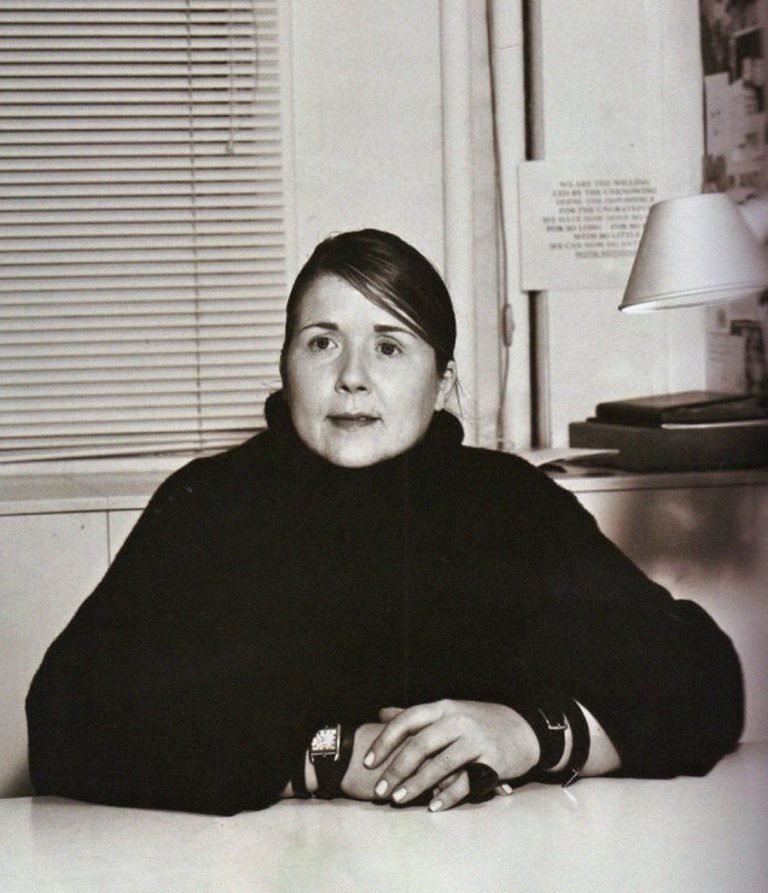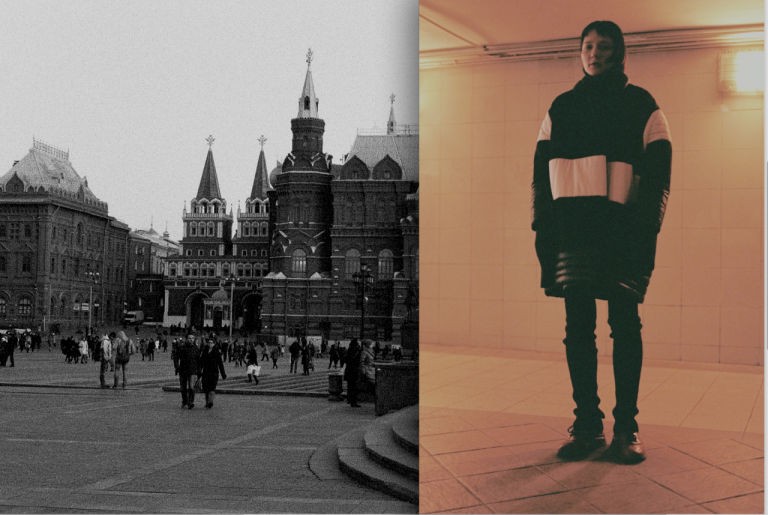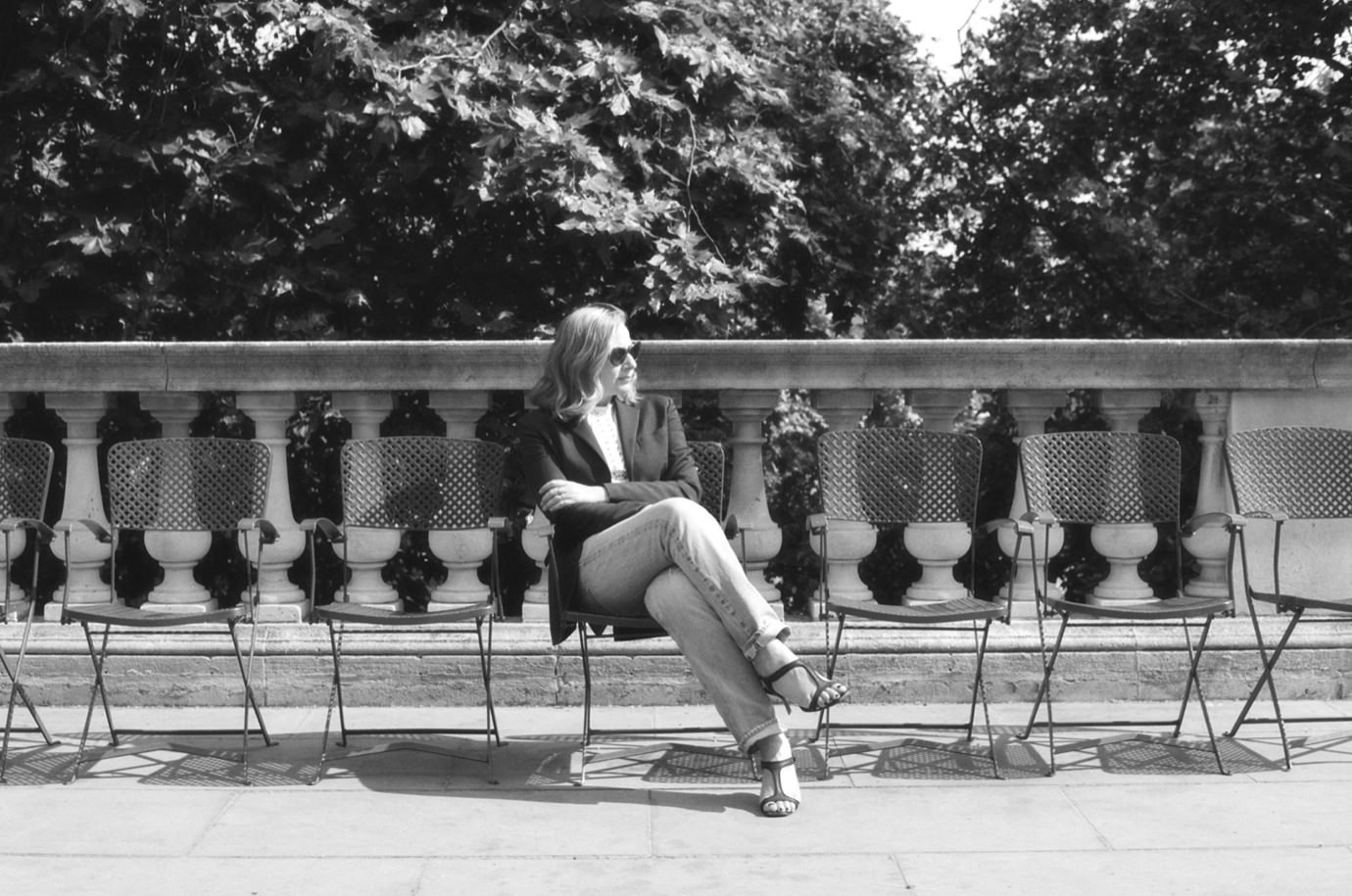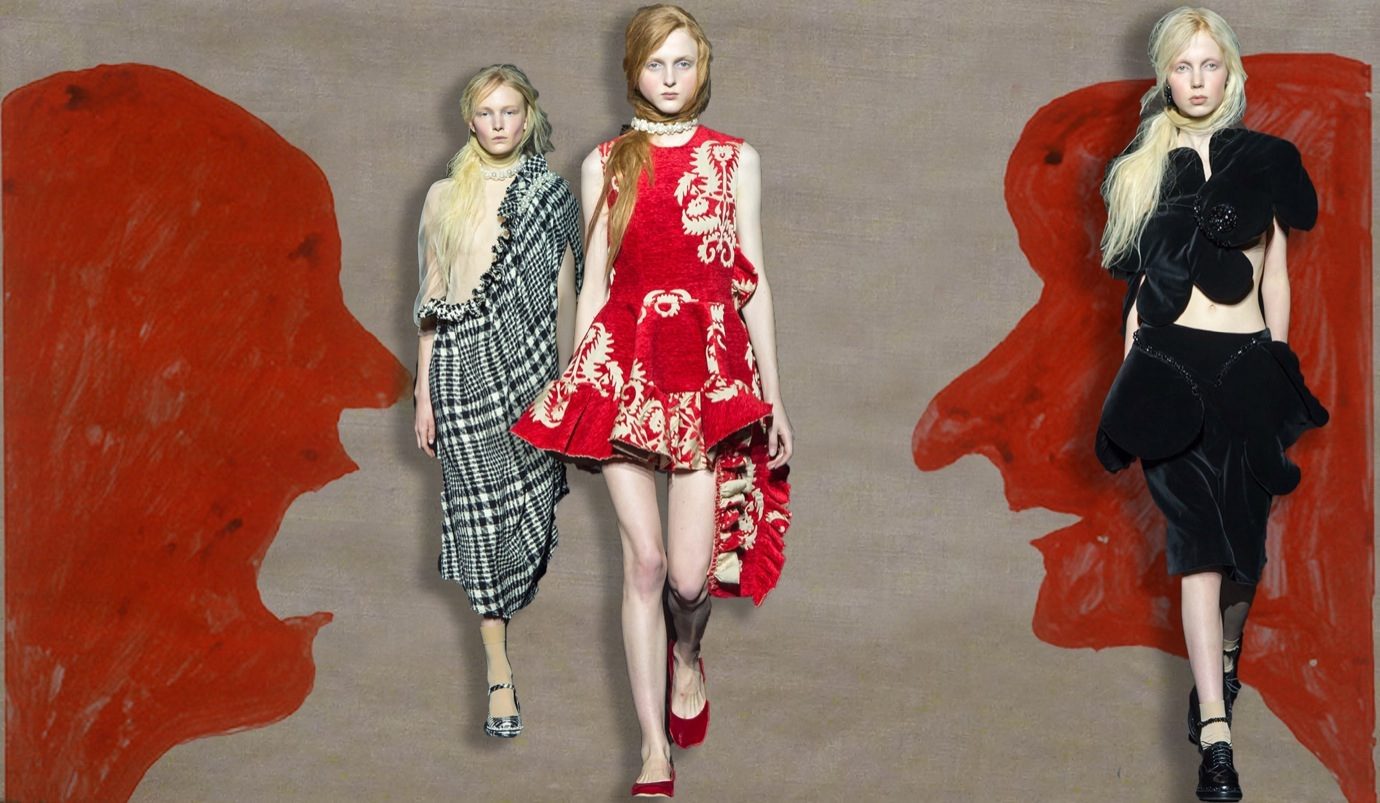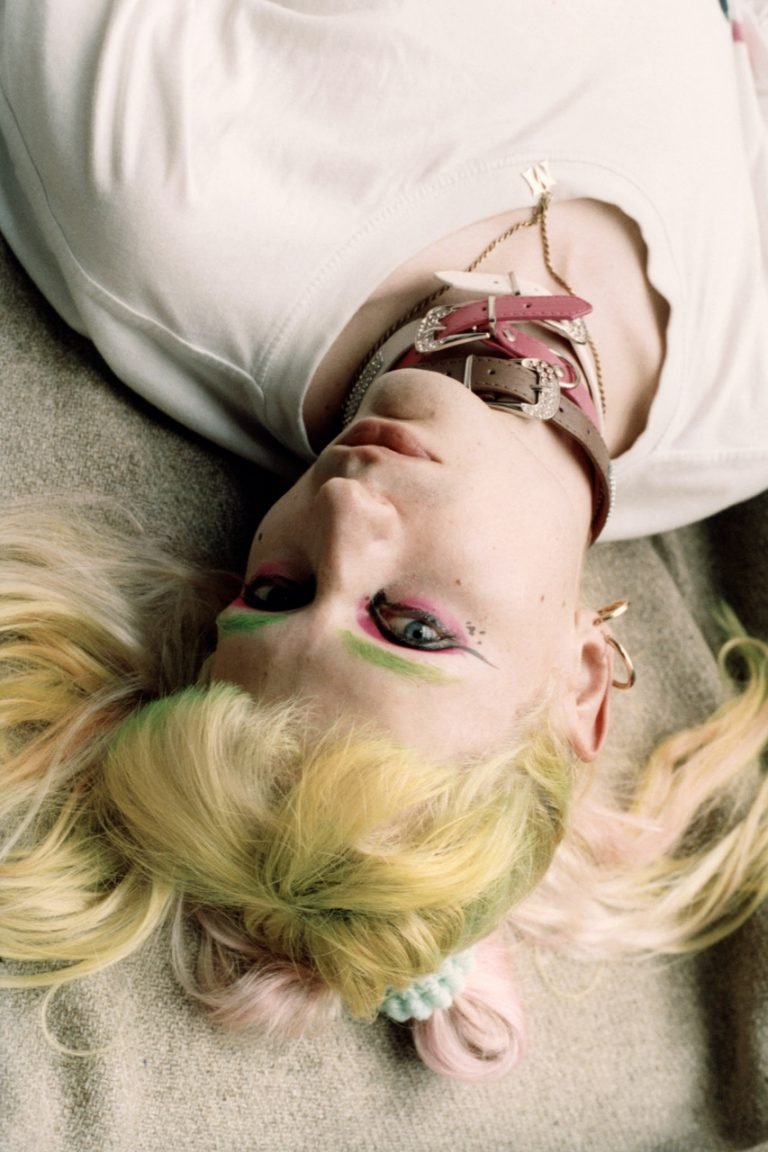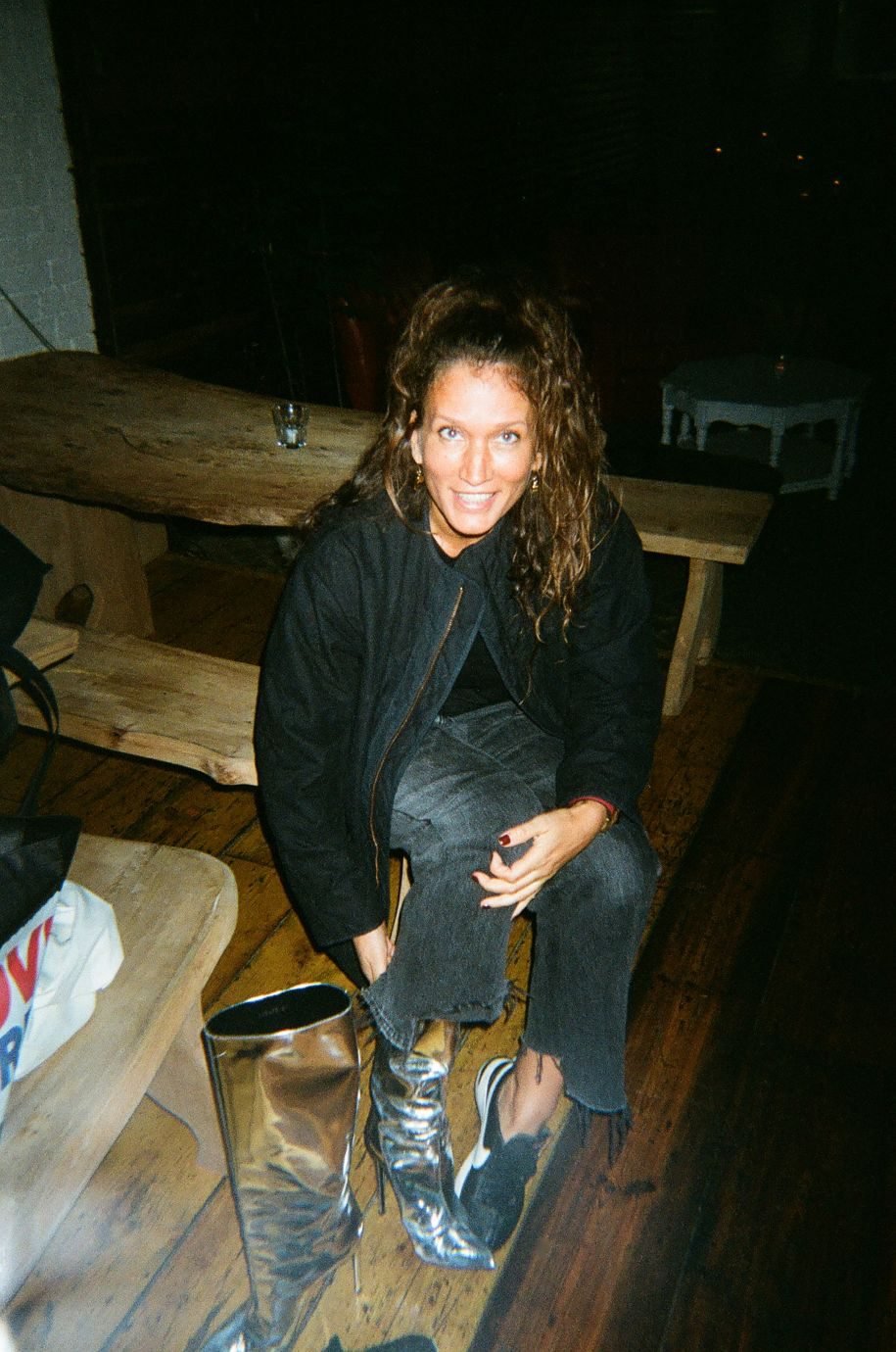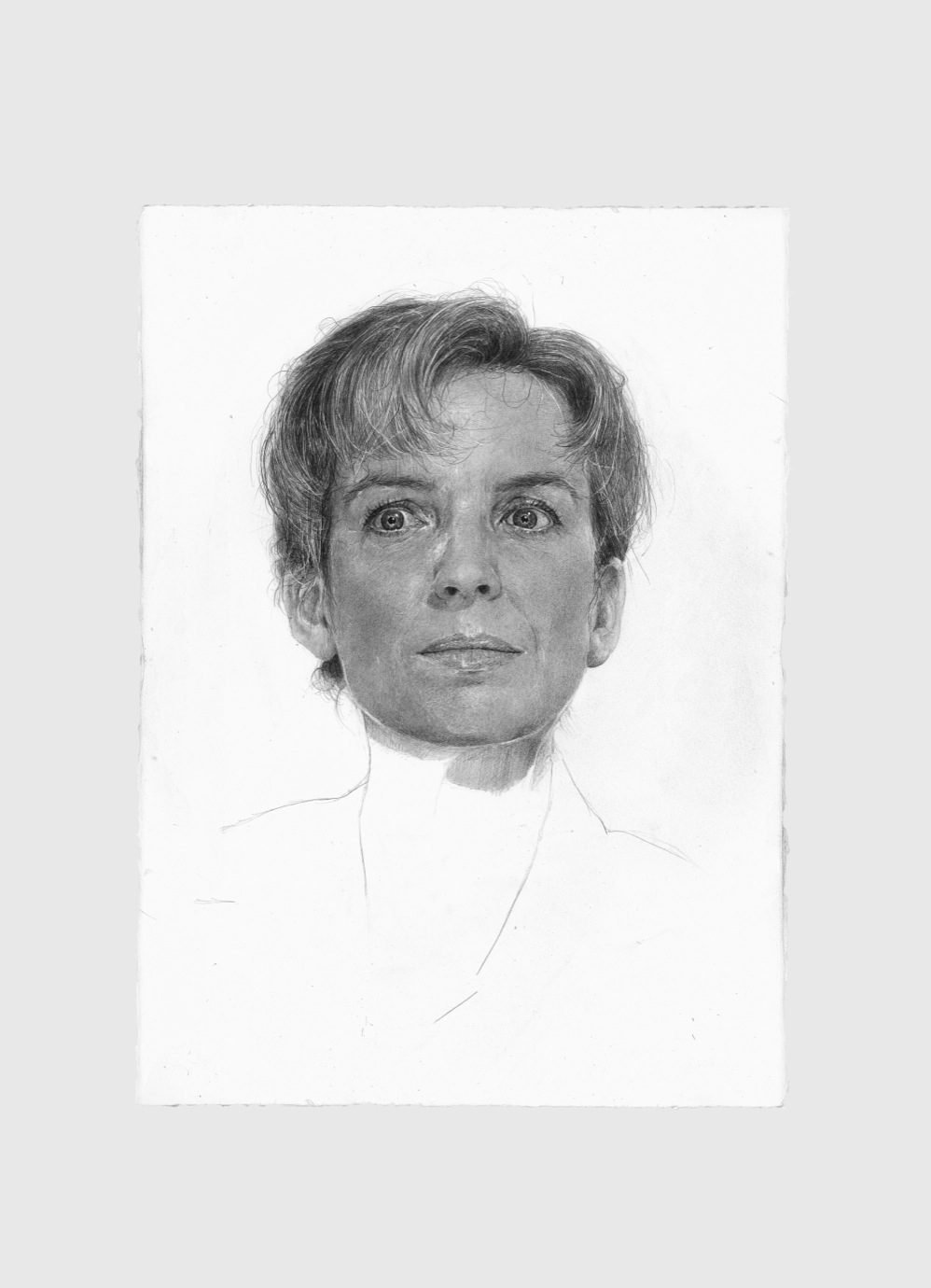Simone Rocha has risen to fashion prominence through diligence and sticking to her ethos at all times. In an industry where press too often lauds handsful of emerging designers as ‘the best things ever to have happened to fashion’ and conversely drop them two seasons in, it is admirable to see how Rocha has employed the same design principles in each collection, and critics are over the moon. From her MA graduate work to the Fashion East years, and ‘flying solo’ since 2012, it is reassuring to know that one doesn’t need to change every season to gain success. Perhaps Simone’s purity is what led her to win the British Womenswear Designer award at the Fashion Awards this year, which previously has been taken home by CSM graduates including John Galliano (1987), Alexander McQueen (1996), Hussein Chalayan (2000), Phoebe Philo (2004) and Christopher Kane (2013). Quite a remarkable list to join indeed.
We spoke with Simone Rocha and Maarten van der Horst for our fourth issue, and to celebrate this wonderful Award news – we would like to share an excerpt with you, in which they discuss the MA Fashion hardships (Louise Wilson and ‘pussy placement’), the important mistakes to make running your own brand, and why she is still 100% the same designer as she was when she first walked into Central Saint Martins.
“When you are a student, although everyone is trying to make their own way and battling really hard, there is a camaraderie where you all just feel down together.” – Simone Rocha
Maarten van der Horst: How long ago did you graduate? Was it five or six years?
Simone Rocha: I think it was six years, one year before you.
Maarten: Because I spent an extra year there for “special” reasons. I just have this horrible memory on my Facebook – you know they sometimes give these memories and it says “5 years ago today…” and it’s just so bizarre, because you realise how many different people you’ve been in the past five years. It’s crazy how that goes.
Simone: I miss it actually.
Maarten: What, being a student?
Simone: Yeah. I miss the individuality of it. Because obviously now, I have a company so everything is 20 people. Every decision has to go through a lot of people. I mean, there aren’t a lot of people involved, but everyone has to know what’s going on. When you were a student, it was just you.

